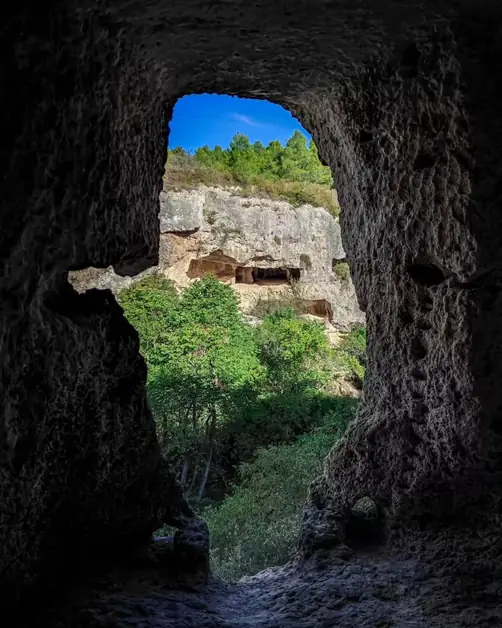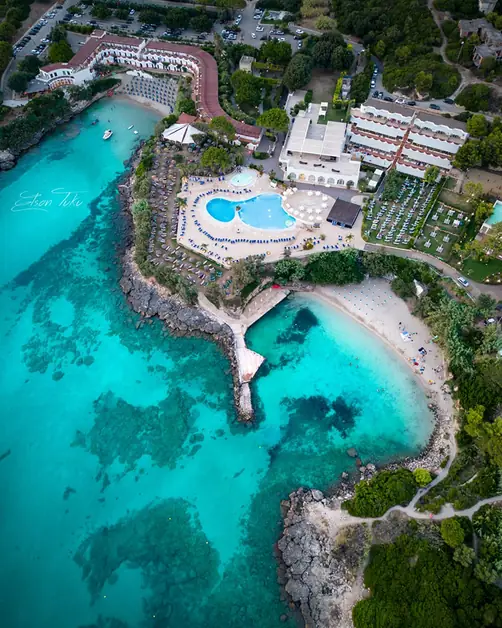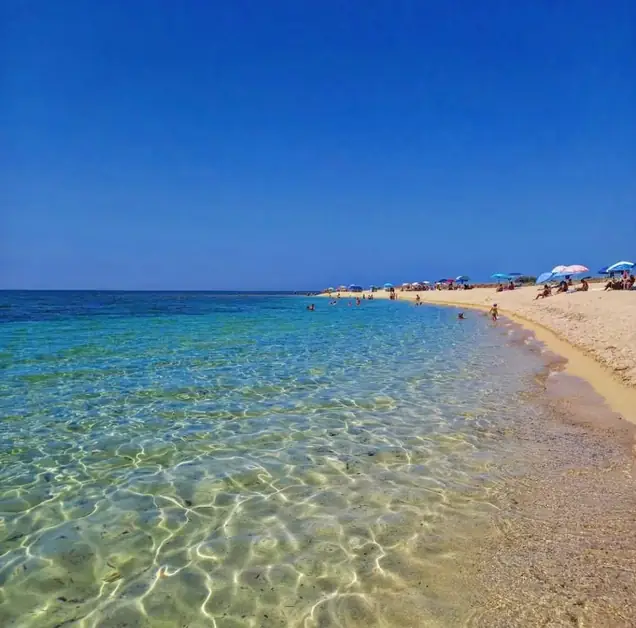Explore the Wonders of Gravines Near Taranto
The gravines near Taranto offer unique landscapes and history.

What are the gravines of Puglia near Taranto?
The gravines are deep gorges carved into the limestone rock by water and time. These natural canyons are located in the inland area of Taranto and offer spectacular landscapes, rock villages, and ancient churches carved into the stone. Visiting the gravines means immersing oneself in untamed nature and discovering an authentic part of Puglia, away from the more crowded tourist spots.
Which gravines can be visited starting from Taranto?
Just a few kilometers from Taranto are some of the most fascinating gravines: the Gravina di Laterza, the Gravina di Ginosa, the Gravina di Castellaneta, and the Gravina di Massafra. Each gorge has unique characteristics, from breathtaking views to nature-immersed paths, to rock settlements that tell centuries of history.
How to get to the Gravina di Laterza from Taranto?
The Gravina di Laterza is considered one of the largest canyons in Europe. From Taranto, it takes about 40 minutes by car to reach it. Once there, visitors can walk along scenic trails overlooking the ravine and observe the flight of birds of prey like the lesser kestrel. The experience is intense: the silence of nature and the vastness of the landscape create an unforgettable atmosphere.
Why visit the Gravina di Ginosa near Taranto?
Ginosa houses a spectacular gravine, surrounded by caves that were inhabited in the past. Walking along the paths, one can admire the remains of rock churches and homes carved into the stone. Visiting this area means taking a true journey through time, observing how life adapted to such a suggestive yet harsh environment.
What is special about the Gravina di Castellaneta?
The Gravina di Castellaneta is famous for its viewpoints that offer breathtaking views. Also known for being the birthplace of Rudolph Valentino, the city allows for a blend of cultural discovery and natural experience. Walking along the gravine's trails provides strong emotions, especially at sunset when the shadows enhance the shapes of the rocks.
What makes the Gravina di Massafra near Taranto unique?
The Gravina di Massafra is known as the "Thebaid of Italy" due to the high concentration of frescoed rock churches. Here, visitors can immerse themselves not only in nature but also in the spirituality of a place that has been a refuge for monks for centuries. The experience is intense: entering a small frescoed cave gives the sensation of being in a place out of time.
What kind of experience is had exploring the gravines from Taranto?
Visiting the gravines means walking through deep gorges, breathing the air of the Apulian countryside, and listening to the sounds of nature. The experience is sensory: the scent of wild herbs, the song of birds, the silence of rock caves. Each step leads to a different panorama, and the feeling is one of discovering hidden and authentic corners.
What is the best time to explore the Apulian gravines?
The gravines can be visited year-round, but spring and autumn are the ideal seasons to enjoy pleasant temperatures and intense colors. In spring, the trails are filled with wildflowers, while in autumn, the warm hues of the vegetation create spectacular contrasts with the light-colored stone of the gorges.
How to have an authentic experience in the gravines near Taranto?
To fully enjoy the gravines, it is recommended to walk the trails on foot, stop at scenic viewpoints, and take the time to observe the details: a plant growing between the rocks, a hidden cave, an ancient fresco. The experience becomes even more engaging when combined with a visit to nearby villages, where one can savor local cuisine after a day of hiking.
What emotions do the gravines evoke in tourists?
The gravines evoke wonder and amazement. Looking down into a canyon dozens of meters deep, entering a millennia-old rock church, listening to the wind flowing between the rocks: each moment is an experience that remains etched in memory. For those visiting Taranto, the gravines represent a stop that unites nature, history, and authenticity.




